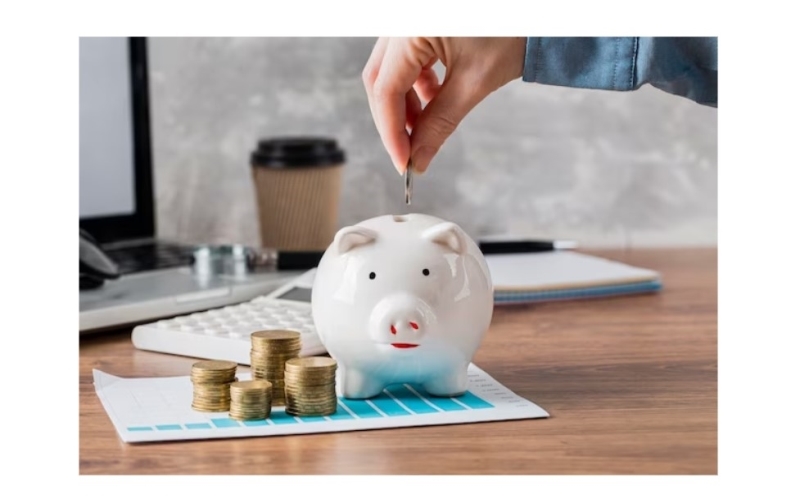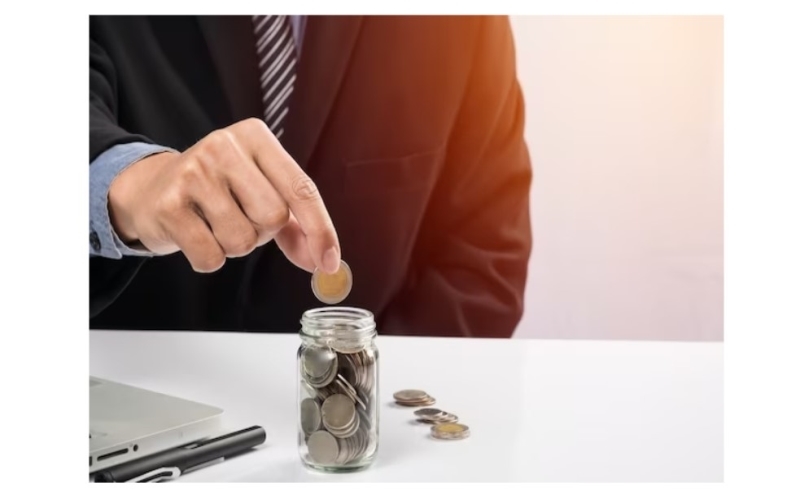In the realm of personal finance, fixed deposits stand out as a reliable option for many individuals looking to grow their savings. The concept might sound a bit jargon, but it’s essentially a straightforward and secure way to stash your money. Let’s break it down without diving into complex financial jargon.
What is a Fixed Deposit?
A fixed deposit is like a savings account but with a bit of a twist. When you put your money into a fixed deposit, you agree not to touch it for a specific period – this is the fixed part. In return for this commitment, the bank pays you a predetermined interest rate on your deposit.
How Does it Work?
Imagine you have a lump sum of cash, say $1,000. Instead of letting it idle in your regular savings account, you decide to put it in a fixed deposit for, let’s say, 12 months. During this time, you won’t be able to withdraw the money without facing some penalties, but in return, the bank will pay you interest.
The interest rate is generally higher than what you’d get from a regular savings account, making fixed deposits an attractive option for those seeking a bit more bang for their buck without delving into the complexities of the stock market.
The Benefits
Stability:
Fixed deposits are like the tortoises of the financial world – slow and steady. They provide stability and are considered a low-risk investment. Your money is safe, and you know exactly how much you’ll get at the end of the deposit term.
Predictable Returns:
Unlike some other investments, the interest rates on fixed deposits are fixed. This means you can easily calculate how much money you’ll have at the end of the term. It’s predictability at its finest.
No Market Fluctuations:
Whether the stock market is doing the cha-cha or the tango, it won’t affect your fixed deposit. Your returns are not tied to market fluctuations, providing a sense of security.
The Nuts and Bolts
Interest Rates:
Banks offer different interest rates for fixed deposits. The longer you agree to lock in your money, the higher the interest rate generally. Shop around, compare rates, and find the sweet spot that suits your financial goals.
Tenure:
Fixed deposits come with different tenures – it could be as short as a few months or stretch to several years. Choose a tenure that aligns with your financial plans. Need the money in a few months? Opt for a shorter tenure.

Penalties for Early Withdrawal:
While fixed deposits offer security, they can be a bit strict. Withdraw your money before the agreed-upon time, and you might face penalties. It’s like breaking a piggy bank before it’s full – not a great idea.
How to Get Started
Pick Your Bank:
Look around for banks offering fixed deposits. Don’t just settle for your regular bank; explore your options. Online banks often have competitive rates.
Understand the Terms:
Read the fine print. Make sure you understand the interest rates, tenure, and any penalties for early withdrawal. If something seems unclear, don’t hesitate to ask – clarity is key.
Diversify if Needed:
Putting all your eggs in one financial basket isn’t always wise. If you have a substantial amount, consider diversifying your investments. Fixed deposits can be part of a broader strategy.
Conclusion
Fixed deposits may not have the flair of riskier investments, but they’re like the comfort food of personal finance – reliable and satisfying. They provide a simple, secure way to grow your savings without the stress of market fluctuations.
So, if you’re looking to park some cash and watch it grow steadily, consider the straightforward world of fixed deposits. It might not make you an overnight millionaire, but it’s a dependable way to build a financial foundation.

